Most of the time cold and windy, Alaska can be a perfect destination to travel to all year round. There is no right or wrong season to embark on Alaskan adventures. The best time to travel to Alaska is simply a matter of preferences.
Last updated: May 29, 2025
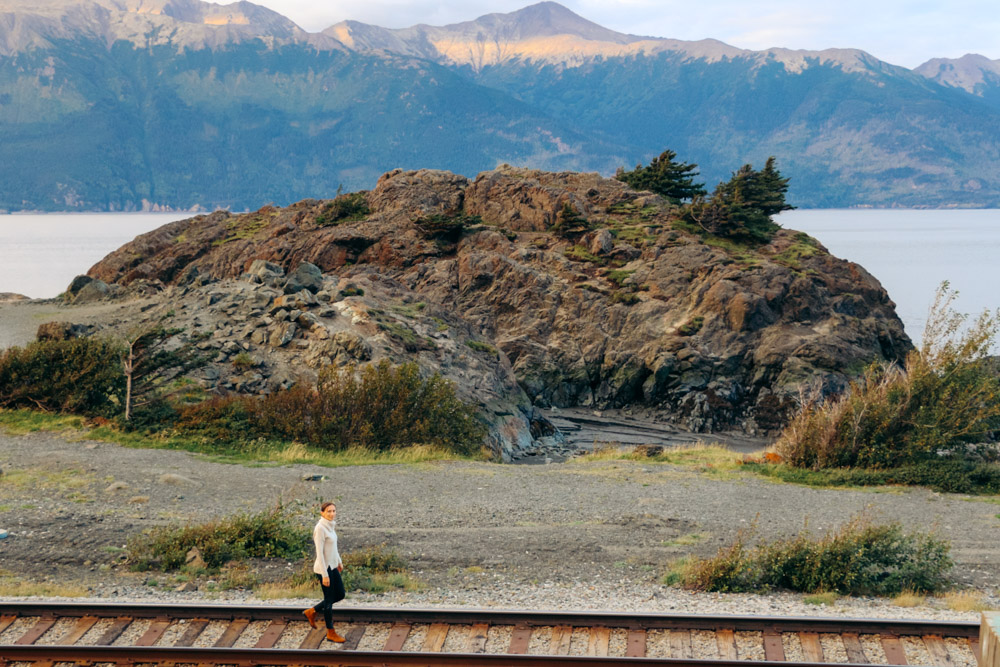
The Best Time to Travel to Alaska: Things to Do Season by Season
Alaska, nicknamed the Last Frontier, is one of the biggest, yet less populated states in the USA. Certainly, its cold winters and moderately warm summers might not look promising in the long run. However, visiting Alaska for a short time changes your travel game forever. With its glacier-capped mountains, vast fields, and incredible wildlife, Alaska can entertain all kinds of travelers.
On the other hand, to make the most of your visit to Alaska, you need to choose the best time to explore places and do things you dream of. On that note, the right season to dive into all activities the state has to offer for one person may not always align with the best time for the other. It depends solely on one’s plans, priorities, and resistance to cold weather. Thus, let your preferences determine what is the best time to travel to Alaska for you.
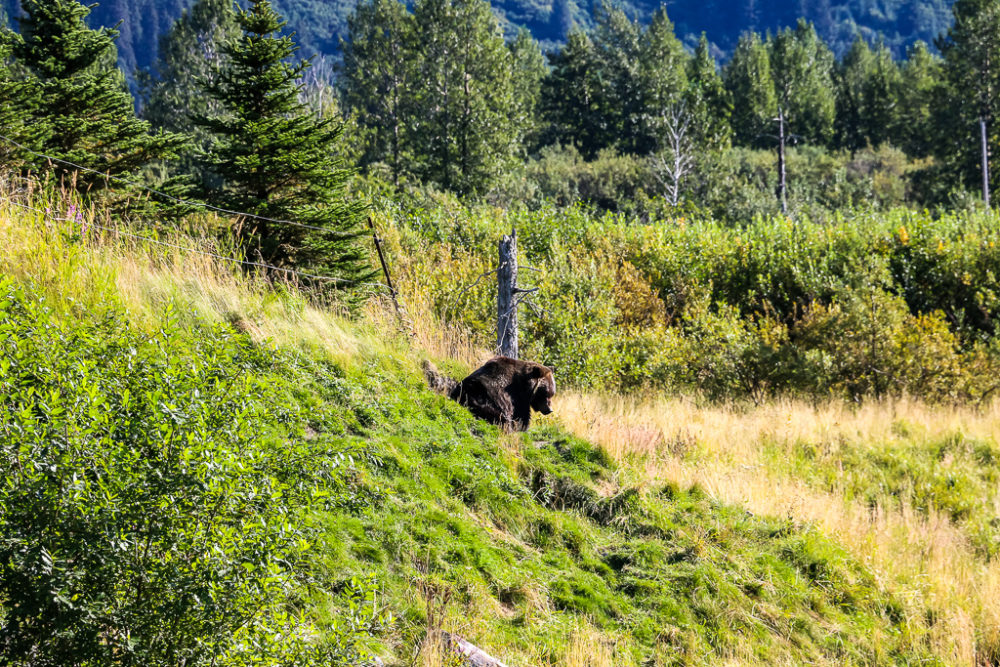
WHEN IS THE BEST TIME TO TRAVEL TO ALASKA AND WHAT CAN YOU DO EVERY SEASON?
March through May
Spring marks the start of the best time of the year to travel to Alaska. While the arrows on thermometers still gravitate toward the bottom, Alaska slowly begins to wake up. And so is its wildlife.
More and more mountain goats and brown and black bears get out of their winter shelters and roam across Alaska looking for food. Different kinds of birds don’t wait long to spread their wings and fly over their home state once again. This awakening of birds and animals makes spring the best time to travel to Alaska for all wildlife enthusiasts.
In addition, spring in Alaska also marks the beginning of herring migration. This, in its turn, brings marine mammals back to the deep waters of the Last Frontier. So you can expect to see Steller sea lions, orcas, and humpback whales while visiting Alaska at this time.
Consequently, with the return of the marine mammals and warmer weather, boat cruises start to pick up their speed. Small ships usually resume their operations as early as mid-March. The rest of the tour vessels join their ranks by mid-April and continue to provide their services until mid-September. But the best thing about traveling to Alaska during the early shoulder season are lower prices, good deals, and the absence of crowds.
Moreover, spring is the best time to see the Northern Lights in Alaska. These natural phenomena are active between September and April. Their highest activity, though, normally falls on March.
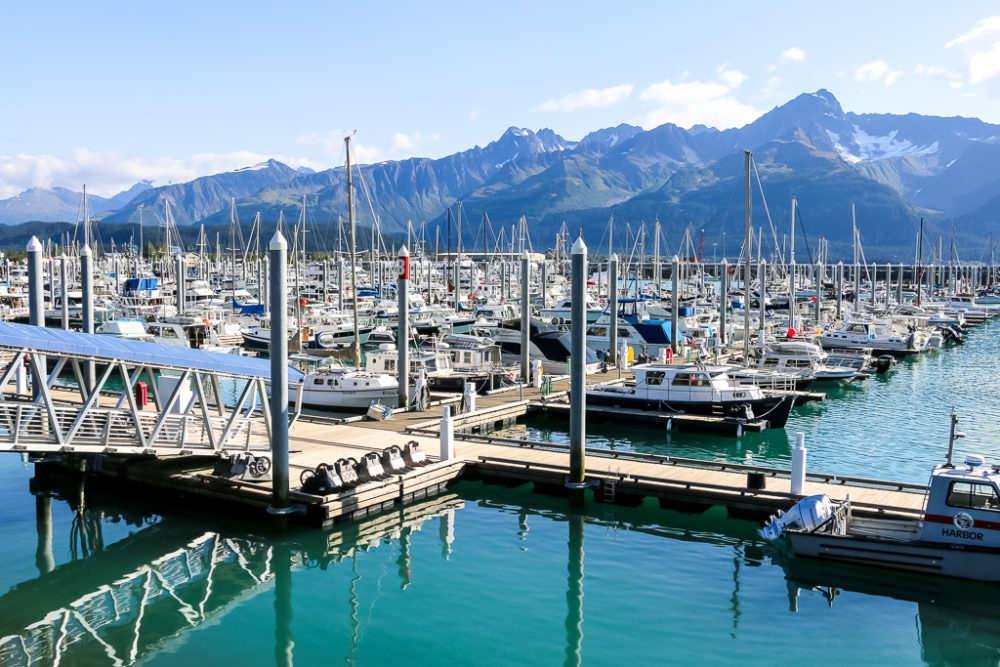
June through September
Early summer marks the beginning of the tourist season in Alaska. The warm summer months might not be the best time to travel to Alaska on a budget, though. On the other hand, you get greater options when it comes to choosing different types of boat tours. Some of the most popular cruise adventures include Kenai Fjords National Park, Prince William Sound, Kodiak Island, and Katmai National Park.
Apart from exploring the greater sea area, a visit to Alaska in summer allows you to go on endless road trips. (Our favorite so far is the Seward Highway road trip.) Nature and wilderness enthusiasts can’t really think of a better time to travel to all eight national parks of Alaska.
The summer season is also the best time to ride the Alaska Railroad to remote areas and enjoy the stunning beauty of this state along the way. Watching wildlife is still one of the popular activities in Alaska during this time of the year.
While Alaska’s summer provides better weather and greater opportunities to explore the state, it also attracts more visitors. You can expect more crowds and practically no good deals.
Best Things to Do during the Second Shoulder Season in Alaska
Things on the financial side of your trip to Alaska start looking a little bit better in August. While you can still enjoy the warmer and longer days, rains become a regular occurrence during this time. In fact, you can consider yourself an expert in Alaska weather if it doesn’t rain during your August visit. (I’m not sure about calling ourselves experts, but we were blessed with great weather and not a single rain drop during our trip.)
Come September, and you are ready to reap all the benefits of Alaska’s shoulder season once again. You can still enjoy almost all summer activities, but with fewer crowds around and more frequent special offers. On top of that, you get to experience bountiful fall colors that seize Alaska during this time.
READ MORE: 10 Essentials to Pack for Your Next Alaska Road Trip
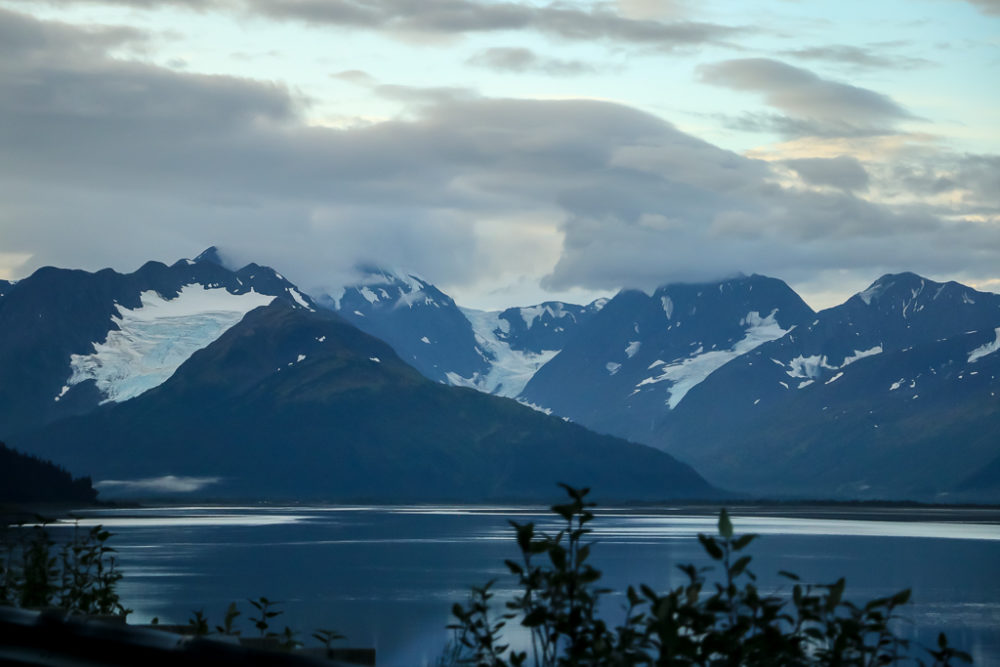
October through November
The period from October to November has never been considered the perfect time to travel to Alaska. With the end of the summer, many activities, such as boat tours and long-distance hiking, slowly resign until the next spring. The wildlife is also not as active, getting ready for long and cold Alaska’s winter.
And while sporadic snow doesn’t provide many opportunities for winter sports, you can still hit some shorter hiking trails and enjoy Alaska at a much slower pace. On the other hand, it’s time to take advantage of longer evenings and enjoy local food and nightlife.
Outdoor Things to Do in Alaska during the Fall Season
Other popular activities to ensure that you make the most of your time in Alaska during the slower time of the year include taking short glacier and wildlife cruises. The smallest ships usually organize the tours until November. Yet they are not as popular and widely available as the ones in spring or summer.
On the other hand, as some outdoor adventures get limited, Alaska opens different doors this time around. If Fairbanks hasn’t been on your Alaska bucket list destinations yet, it’s a perfect time to change it. Depending on the place where you stay in the state, board a local plane or train to venture to the city where the Northern Lights start dancing at night again.
One the bright side, the late fall is the best time to travel to Alaska on a tight budget. On top of that, there are almost no crowds even in the most popular locations.
READ MORE: Top 9 Cultural Destinations in the USA | Cultural Trips in America
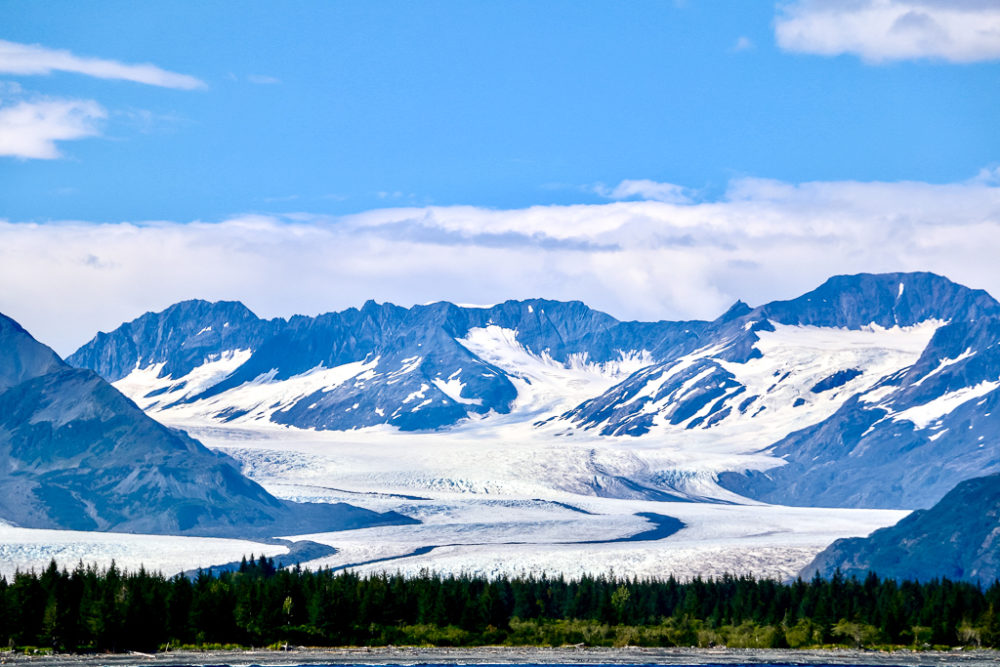
December through February
In December, Alaska’s cities, such as Anchorage and Fairbanks, attract with a wide range of winter activities. Days get filled with festivals, bazaars, and outdoor sports. Unfortunately, the Christmas season and celebration doesn’t last forever. The great outdoors with its winter activities, however, delight locals and visitors until March, in some parts of the state even longer.
With that said, the season from December through February is a great time to travel to Alaska to test your athleticism in skiing, snowmobiling, and snowshoeing. Riding a sled pulled by huskies becomes the epitome of a winter trip to Alaska. Needless to say, Alaskans do dog mushing better than anybody else. It’s Alaska’s official state sport, after all!
During this time you can still visit most glaciers accessible by roads. Exit Glacier in Kenai Fjords National Park is a good place to start. You can even reach some glaciers, such as Portage Glacier in Turnagain Arm, on foot while hiking across frozen lakes.
Last but not least, the season from December through February almost certainly promises to amaze you with the magical display of the Northern Lights.
Despite the fact that the season is fairly cold, and the winter days are the shortest, many outdoor lovers still find it the best time to travel to Alaska. The visitation level is at the highest in February.